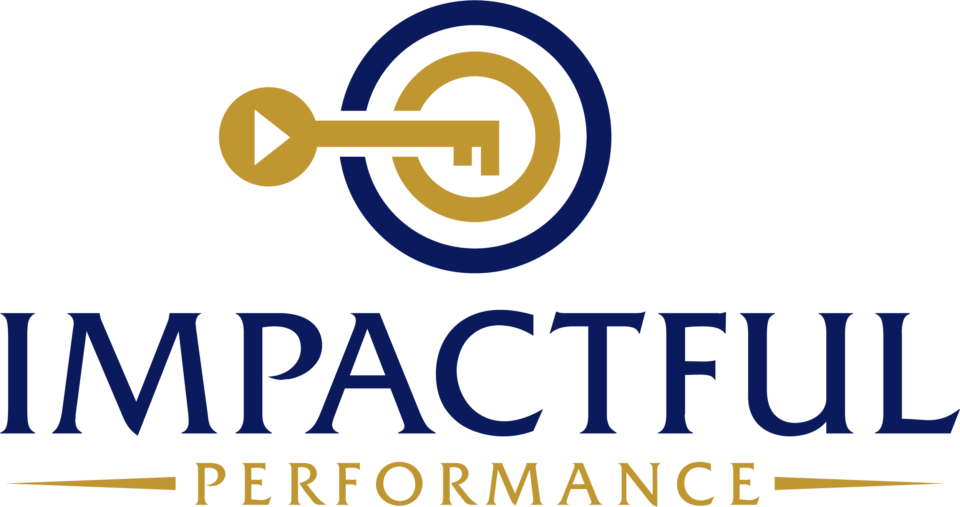You are tasked with leading an important initiative and you have multiple stakeholder groups, all pulling you different ways. They each have their own agendas and priorities.
They need your time and attention but they want to do it on their schedule. Some of the stakeholders are engaged, some are stressed, some want to control everything and some are just not interested. Some may even throw all the accountability and responsibility on you.
You spend so much time chasing people down. Trying to get their engagement and partnership.
Sometimes they make it impossible to connect and then they turn around and blame you for not engaging them and making them feel part of the project.
There seems to be so many politics, challenging dynamics, and conflicting priorities, it can feel like you’re pushing a rock up a hill.
Does this sound familiar?
The Realities of Your Stakeholders Situation
Most of the time people have good intentions. It’s just that they need to do their regular work and stay focused on their business unit’s objectives. They have a million other things to worry about, just like you, and they are trying to figure out how to make it all work…just like you!
They might be dealing with challenging dynamics and politics, within their own functional area.
They could have been ‘voluntold’ that they must lead their business/functional area in this initiative and it’s just another thing on their plate that they view as a headache. They have their own time lines and priorities. They will want to do their initiative work on their schedule.
You have to remember that the stakeholders are typically not operating in a vacuum, and waiting by the phone or computer to connect with you about your important project. They might already be overloaded with multiple projects and your initiative can be just too much.
No matter how important you think the initiative is and how your stakeholders should be responsive to your requests, it just doesn’t work that way in a busy workplace.
Often times, Stakeholders won’t assign the same sense of urgency and importance to this project. Their own boss may be telling them to make other things higher priority!
They could also be nervous about being involved in the initiative. They might not be comfortable with their role and are insecure that they can actually deliver.
So How Do You Manage So Many Stakeholders?
First and foremost, you need to know exactly who your stakeholders are. Those of us who have worked in change management know that half the battle is identifying and engaging every last person who is impacted by an initiative.
If you don’t know who they are and how they’re impacted…you can’t engage them and involve them.
You must be able to empathize with all your stakeholders by understanding and accepting all the challenges they’re dealing with and the different thoughts and emotions they have.
You need to understand their specific needs, goals and objectives for the initiative and ensure they align with the overall vision of the initiative.
Important: Let them know that you understand and empathize with them, so they feel a connection to you. But also make sure they empathize with you that you have to push this initiative through and need their buy-in and support. It’s a partnership.
You have to have strong emotional maturity. Meaning, you can’t take it personal when stakeholders don’t give you the time, interest and engagement you think they should. You need to understand human nature and deal with it head-on. It’s not about you!
You do this by resigning yourself to the fact that you need to be the catalyst for engagement. You need to consistently follow up and follow through. I can’t tell you how many times I heard project leaders say something like “well, I’m not going to chase people down”.
WRONG! Your role as a lead of an important initiative, is to beg, borrow and steal to get all stakeholders engaged!
Communicate, Communicate, Communicate! Never be afraid to overcommunicate. Even if people complain about it. This is where the CYA (cover your a__ ) principle is paramount. Too many stakeholders will use the excuse that you didn’t inform them enough so they couldn’t do their part.
You must proactively build multiple communication channels so you have checks and balances in place. You have to plan and facilitate regular touch base meetings with your initiative leads, as they’ll constantly have other priorities pulling them in different directions.
When you do communicate with your stakeholders, be very specific on the expectations of them and the objectives of the initiatives. Constantly align and realign them. The sooner you do this the more you ensure alignment, reduce conflicts and gain buy-in.
Also, in those communications, always provide specifics on what initiative leads should prioritize. Don’t provide them with a list of tasks without prioritizing, because people will often take the path of least-resistance when they are so busy with other work.
It’s About Perspective
These points may sound cynical about dealing with so many stakeholders. That’s not the case at all. It’s understanding human nature. In my years of leading major transformations and changes, I was amazed that people leading initiatives are consistently surprised and frustrated by human nature. Those that accepted it were more productive, calm and successful!
As an initiative leader, the sooner you understand that you are dealing with humans, who have many competing agenda’s, that are dominating their time and minds, the better you will deal with it.
You’ll be able to connect with your stakeholders, earn their trust and successfully implement important initiatives on time and within budget.
But more importantly, you’ll be able to enjoy the work, feel a sense of satisfaction when you succeed and you’ll build a strong leadership resume!



